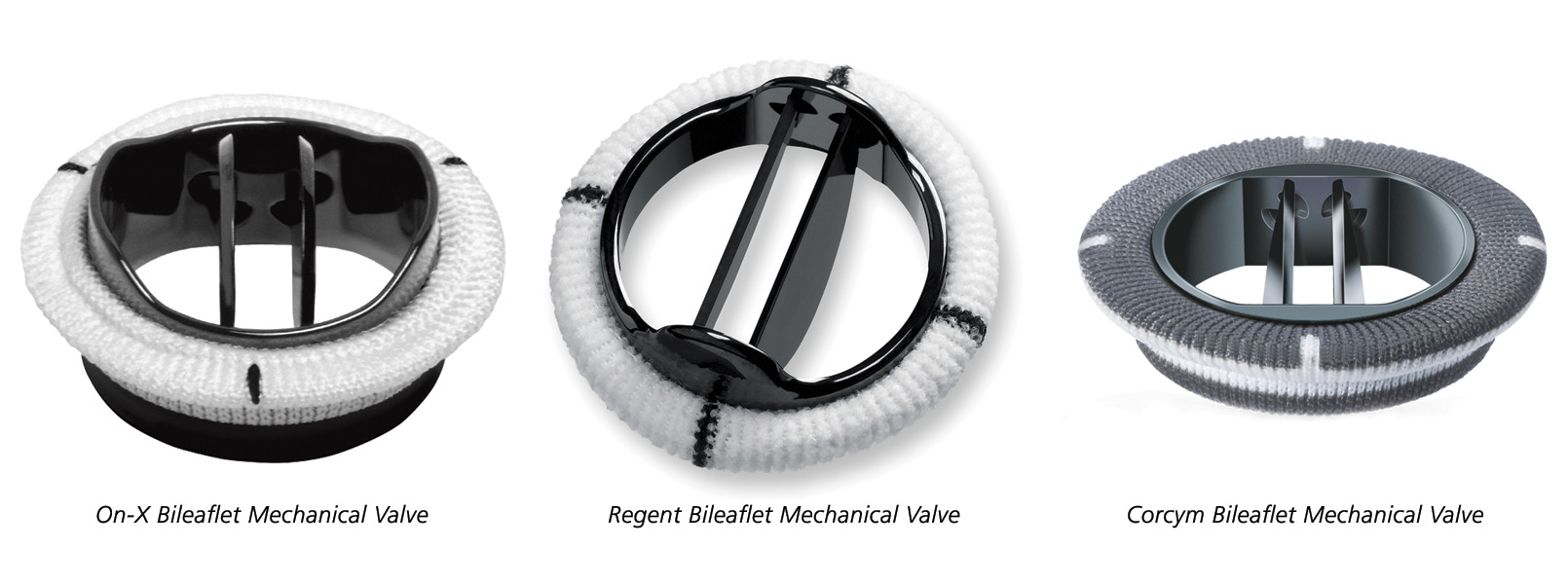Surgical Aortic Valve Replacement (SAVR) With Tissue or Mechanical Valves
Surgical aortic valve replacement (SAVR) is surgery in which a diseased aortic valve is removed and replaced with a new tissue-based or mechanical valve.
The aortic valve is one of the four valves that help blood flow in the right direction through the heart’s four chambers. The aortic valve functions as the “door” that connects heart’s left chamber (left ventricle) to the aorta, the main artery that carries oxygenated blood away from the heart to the rest of the body. Due to aging and other factors, your aortic valve may become diseased, preventing it from opening or closing properly.
Your health is important. Get expert care.
Call 216-541-1756.
Find a Cardiac SurgeonWhen Is Surgical Aortic Valve Replacement (SAVR) Performed?
SAVR is used to treat the following conditions:
- Aortic stenosis: A condition in which the aortic valve flaps (also called cuffs or leaflets) become stiff and calcified so that the valve cannot open and close fully and normally.
- Aortic regurgitation: A condition in which the aortic valve does not close properly, causing blood pumped out of the heart’s main pumping chamber (left ventricle) to leak backward into the heart.
Types of Aortic Replacement Valves
The two main types of aortic replacement valves are:
Your doctor will discuss valve options and recommend the type that is best for you based on your age, health and other factors. In general, cardiac surgeons recommend tissue valves for people age 65 or older and mechanical valves for people under age 50, though either option may be suitable.
Tissue Valves
Tissue valves, also called biological or bioprosthetic valves, are generally made from tissue obtained from a pig or cow. Tissue valves are designed with prosthetic (artificial) components to help them function better. Tissue valves typically last from 15 to 20 years. Unlike mechanical valves, tissue valves do not require a person to take blood thinners.
Tissue valves are either stented or stentless.
Stented Tissue Valves
Most stented valves have three flaps made from either porcine (pig-based) aortic valves or bovine (cow-based) pericardium (the membrane that surrounds the heart). These valves are mounted on flexible plastic or titanium metal frames (stents) covered with a synthetic fabric (sewing cuff). The stents help with the implantation of the valve while also providing permanent support for the valve’s three-dimensional structure.
Stentless Tissue Valves
Stentless tissue valves are made from whole porcine aortic valves or bovine pericardium. These valves are placed directly at the aortic root (the section of the aorta closest to and attached to the heart) without a stent, large sewing ring or other supporting component. The benefits of performing SAVR with stentless tissue valves over stented valves include:
- Lower risk of patient-prosthesis mismatch, in which the area of the replacement valve is too small for a patient’s anatomy.
- Better outcomes for people with small aortic roots.
- Allows for implantation of larger replacement valves.
- Improved blood flow and valve durability.
Mechanical Valves
Mechanical valves are made of carbon, titanium or steel. While mechanical valves are longer lasting, blood clots are more likely to form on mechanical valves than tissue valves. Because of this, patients must take a blood-thinning medication (anticoagulant) called warfarin (branded as Coumadin® and Jantoven®) for the rest of their lives.
As one of the nation’s leading academic medical centers, University is at the forefront of pioneering clinical trials and research designed to develop innovative treatments, procedures and medicines. Recent research efforts in the area of mechanical heart valves include participation in study that tested the safety of reduced anticoagulant therapy after mechanical aortic valve replacement.

Why Choose University Hospitals for SAVR?
Unparalleled clinical expertise
Highest quality patient outcomes
Office visits and imaging coordinated on the same day
Quick, convenient access with sites across the region
Virtual appointment option for follow up care
Who Performs SAVR at University Hospitals?
University Hospitals Harrington Heart & Vascular Institute’s heart surgery program, based at University Hospitals Cleveland Medical Center, in Cleveland, Ohio, is consistently ranked in the top 1 percent of hospitals nationwide.
Find a Cardiac Surgeon Who Performs SAVR Using Tissue or Mechanical ValvesMake an Appointment
For more information, or to schedule an appointment with one of our heart surgeons, call 216-844-4004.
Find a Cardiac Surgeon

